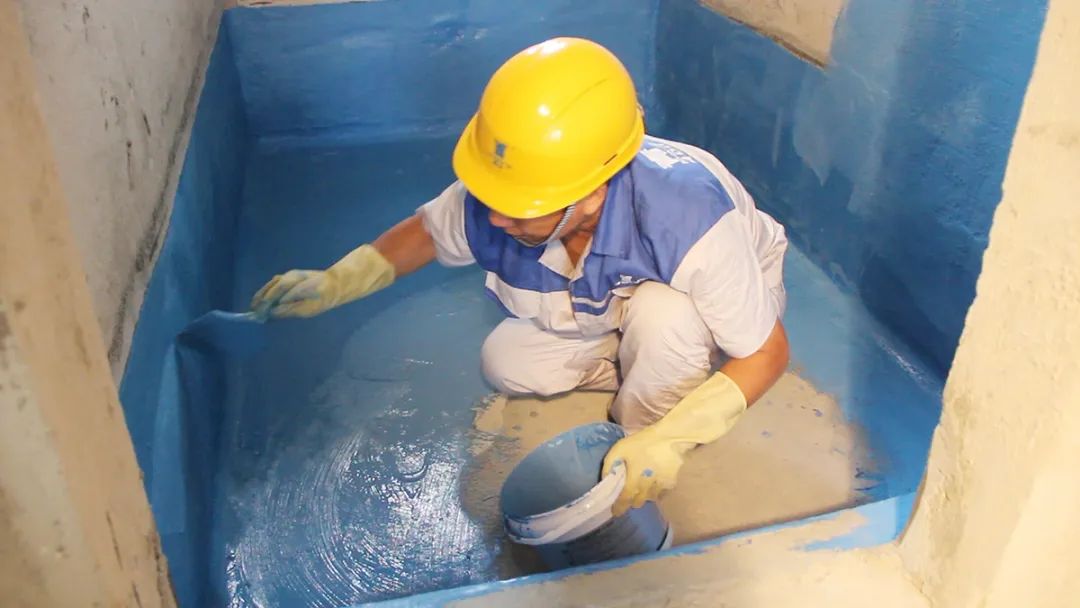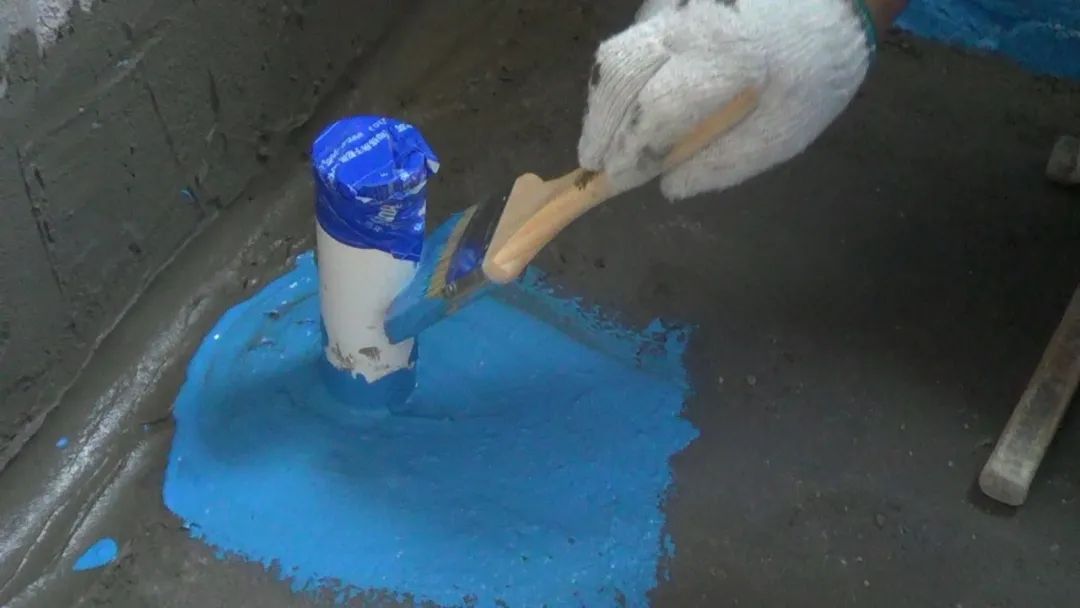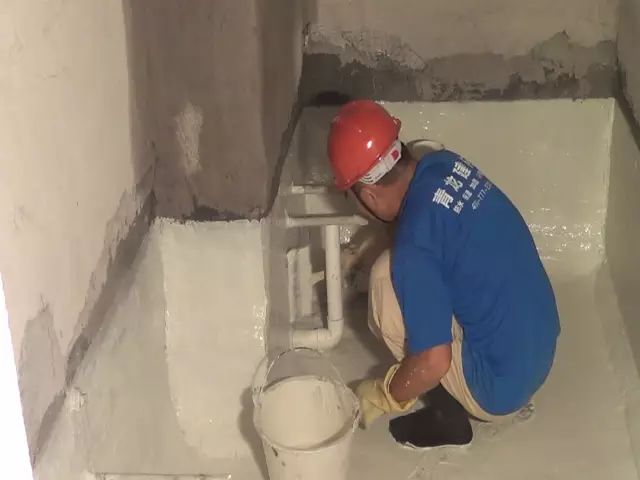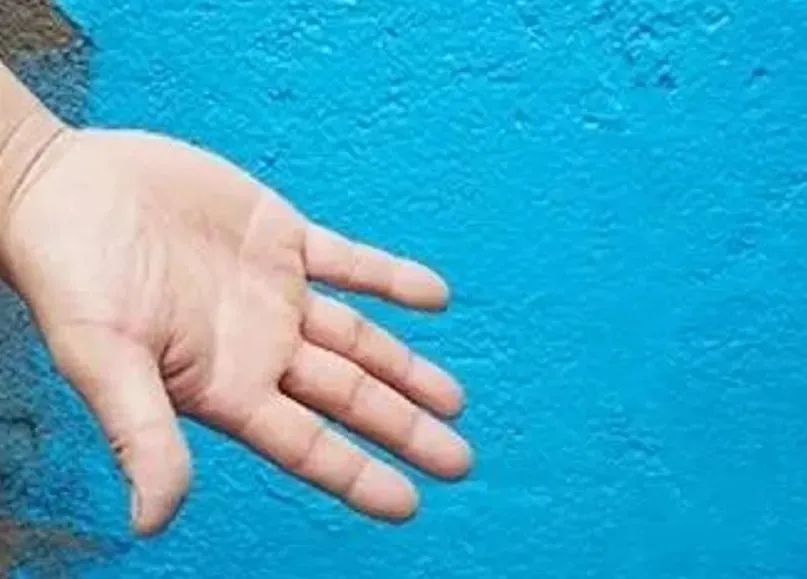In many home waterproofing projects, there’s a common oversight that often occurs on construction sites: in a rush to meet deadlines, contractors may skip a critical step—waiting for the first coat of waterproofing to fully dry before applying the second. While this might seem like a time-saving shortcut, does it compromise the effectiveness of the waterproofing? Let’s take a closer look at the potential issues that can arise when proper procedures aren’t followed.

What Happens When You Don’t Follow the Correct Waterproofing Steps?
Too Little Time Between Coats Leads to Poor Film Formation
If the second coat is applied before the first one has fully dried, the waterproofing layer may become too thick, increasing the risk of cracking. Even more concerning, the integrity of the first coat’s film can be compromised. When the membrane hasn't fully cured, applying a second coat can affect its adhesion and durability—ultimately reducing the overall waterproofing performance.

But Should You Just Wait Indefinitely? Not So Fast.
At first glance, waiting longer might seem like the safer bet. However, excessive delay can introduce its own set of problems.
Too Much Time Between Coats Increases Risk
When the first waterproofing layer is left to dry for too long, its surface becomes prone to collecting dust and debris. This doesn’t just affect the appearance; it also weakens the bonding ability of the second coat. To mitigate this, it's important for workers to gently clean the first coat with a damp brush before applying the next layer, ensuring a smooth and clean surface.

What’s the Ideal Time Interval Between Coats?
To achieve optimal waterproofing results, the time gap between the first and second coats should typically be between 2 to 4 hours. During this window, the first layer should be dry to the touch but not fully cured—this balance allows for proper adhesion and film formation. In colder weather or poorly ventilated environments, this drying time may need to be extended slightly to ensure complete dryness.

Pro Tip: Maximize Effectiveness with the Right Technique
When applying the second coat, brush direction matters. The most effective method is the crisscross technique: apply the second coat perpendicular to the first. This ensures even coverage and reduces the chance of missing corners or edges, significantly enhancing the waterproofing outcome.

In Conclusion
Waterproofing may seem straightforward, but the smallest details can make or break the result. By following the correct time intervals and application techniques, construction professionals can deliver truly watertight results that stand the test of time.




